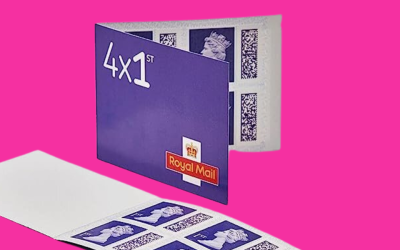[cs_content][cs_section parallax=”false” style=”margin: 0px;padding: 45px 0px;”][cs_row inner_container=”true” marginless_columns=”false” style=”margin: 0px auto;padding: 0px;”][cs_column fade=”false” fade_animation=”in” fade_animation_offset=”45px” fade_duration=”750″ type=”1/1″ style=”padding: 0px;”][cs_text]You can spend lots of money on advice on how to integrate your traditional marketing with new digital marketing channels. We can only scratch the surface but for SMEs and smaller companies new to integrated marketing here are a few tips. [/cs_text][x_custom_headline level=”h2″ looks_like=”h4″ accent=”false”]1. Integrate at the planning stage[/x_custom_headline][cs_text]Thinking about both traditional and digital at the campaign concept stage: how will each area help you achieve your overall campaign aims? What strengths can be utilised in each channel? Ensure printed items, advertising and mailshots carry information about digital channels, develop consistent language across the media, use hashtags on printed items and Direct Mail, not just on your Tweets and Facebook posts. [/cs_text][x_custom_headline level=”h2″ looks_like=”h4″ accent=”false”]2. Create a unified look[/x_custom_headline][cs_text]
It’s really easy to update Facebook cover and Twitter pages etc, so make sure these reflect the overall look and feel of a campaign, so that respondents looking online can see that they have arrived at the right place. Create landing pages that reflect the look of your printed campaigns and that use the same wording of the offering.[/cs_text][x_custom_headline level=”h2″ looks_like=”h4″ accent=”false”]3. Mind your language[/x_custom_headline][cs_text]Too many companies fail to see the connection between terms used to improve their search engine results and the copy used in brochures, mailshots, etc, but potential customers will use this wording when looking online. As an example, don’t refer to ‘luxury Italian leather sofa’ in the marketing but use ‘large brown settee’ for SEO purposes, because there is an obvious disconnect. [/cs_text][x_custom_headline level=”h2″ looks_like=”h4″ accent=”false”]4. Build on your success[/x_custom_headline][cs_text]Digital is a much more immediate medium than traditional marketing channels, so it is an ideal way to build on the success of your traditional marketing – such as adding case studies, using real life stories, adding extra offers or promotions to your initial campaign. Use digital to build and add to the response you are achieving with the rest of the campaign. [/cs_text][x_custom_headline level=”h2″ looks_like=”h4″ accent=”false”]5. Create compelling joined up content[/x_custom_headline][cs_text]The success of the campaign will always depend on the content, so whatever you do, make sure the content is unique, compelling and something that is likely to be shared. [/cs_text][x_custom_headline level=”h2″ looks_like=”h4″ accent=”false”]6. Don’t fail to measure[/x_custom_headline][cs_text]You can use digital technology to measure the success of traditional marketing and you can use traditional methods to measure the impact of digital campaigns. Using unique URLs for brochures, ads etc is an obvious method, and campaign tagging is a really effective way to mine valuable data from all channels used. But you can also use qualitative research to find out much more detailed responses to the campaign.
Image Credit: CCØ BAY[/cs_text][/cs_column][/cs_row][/cs_section][/cs_content]





